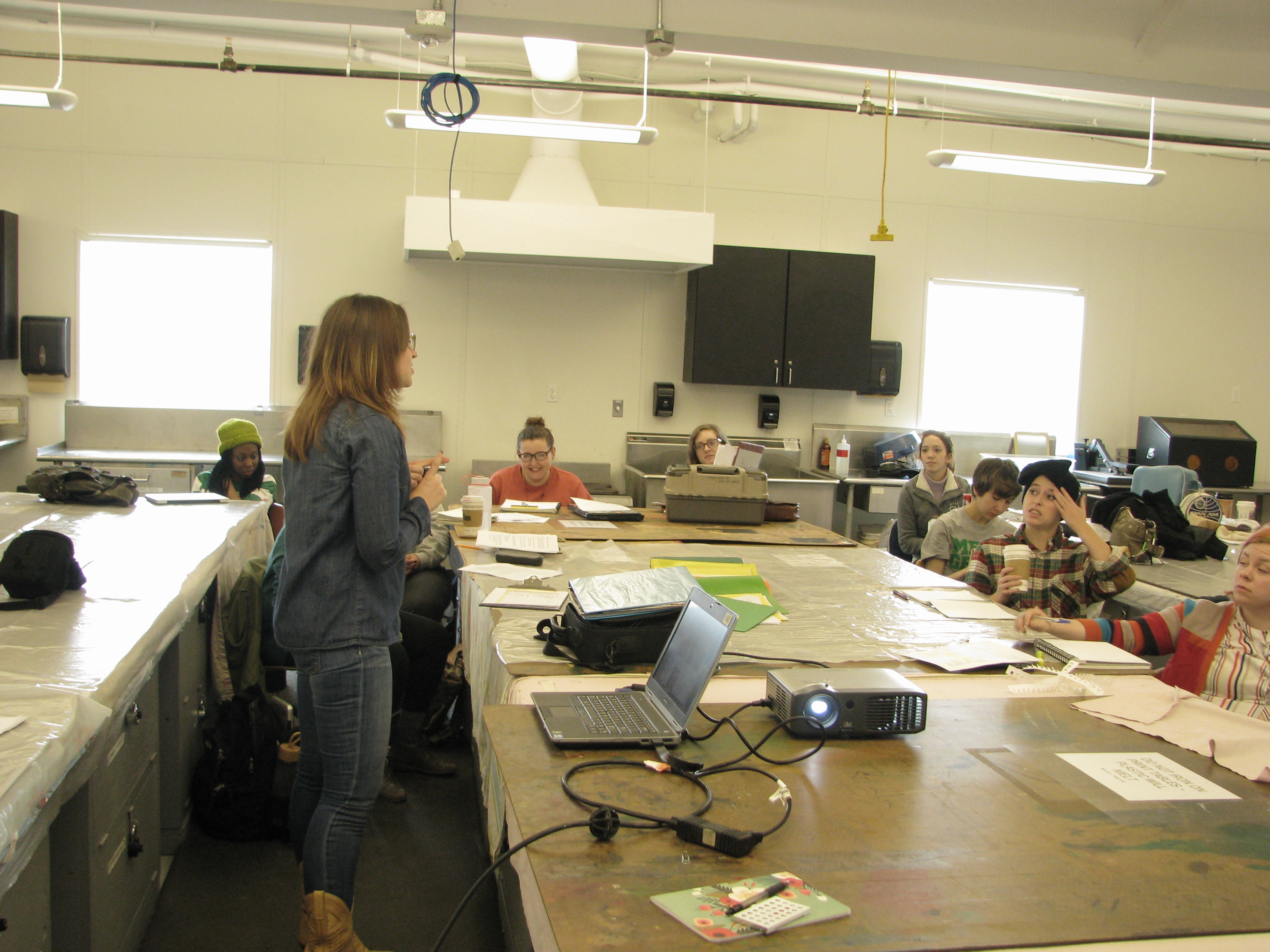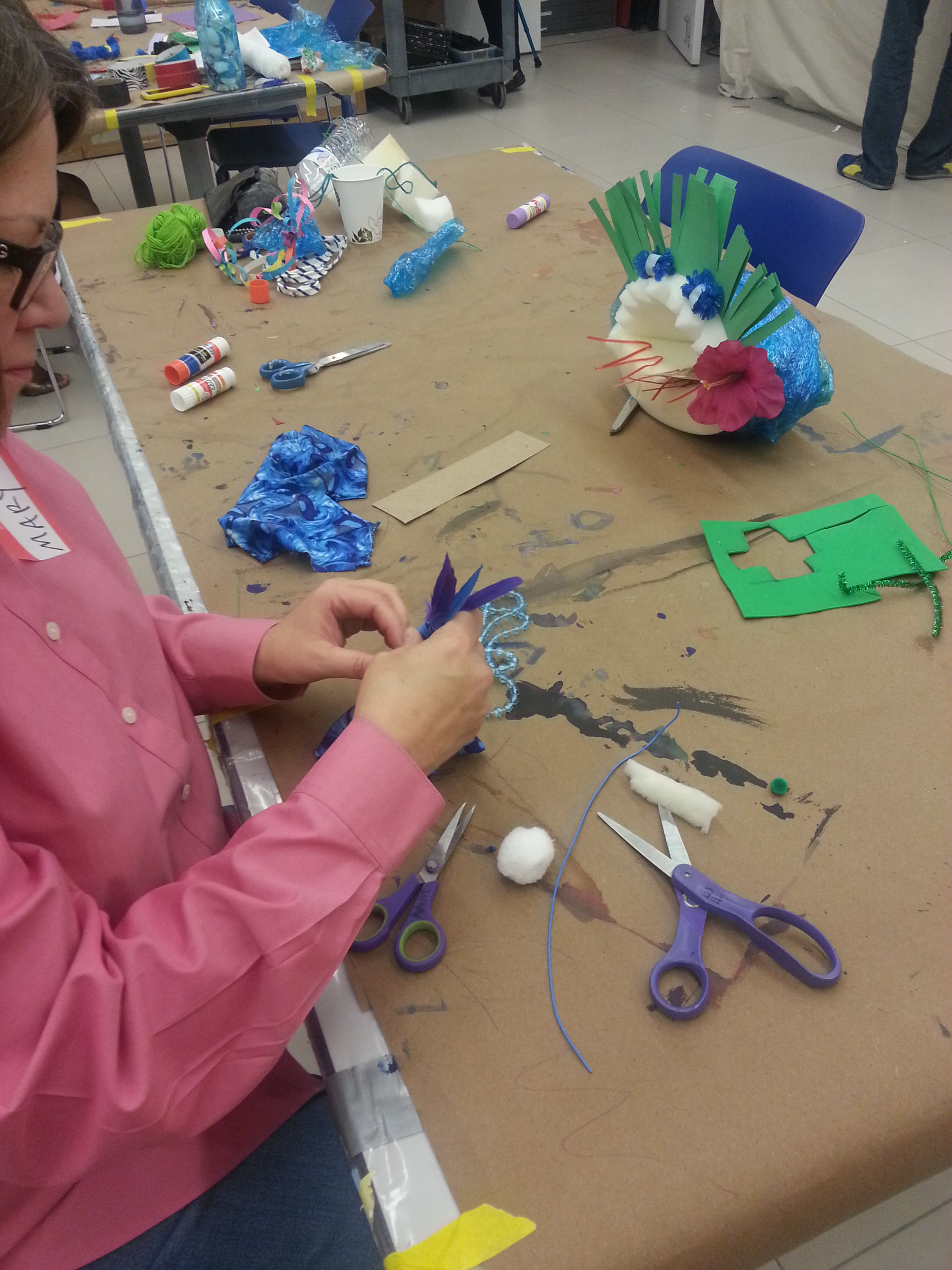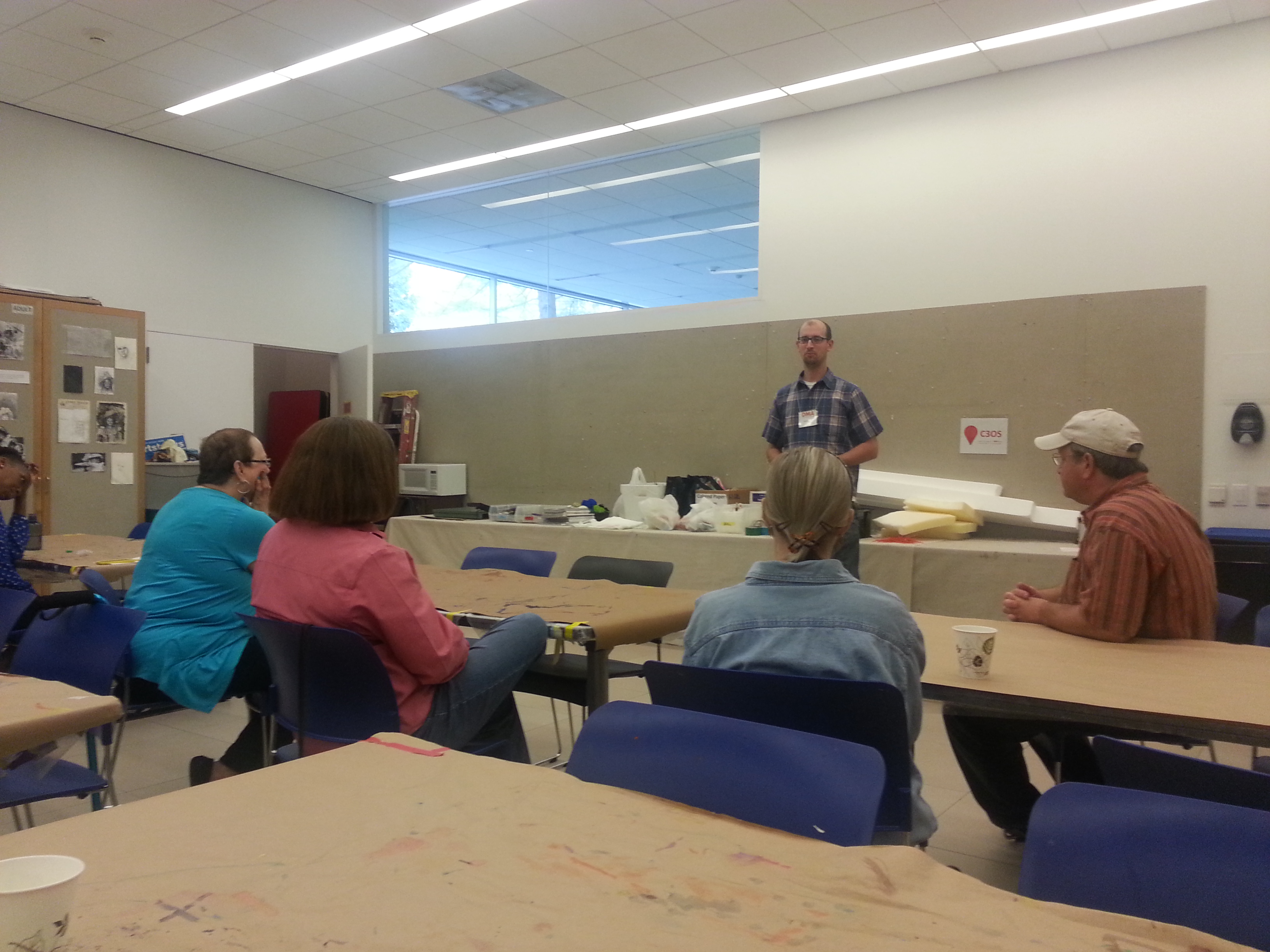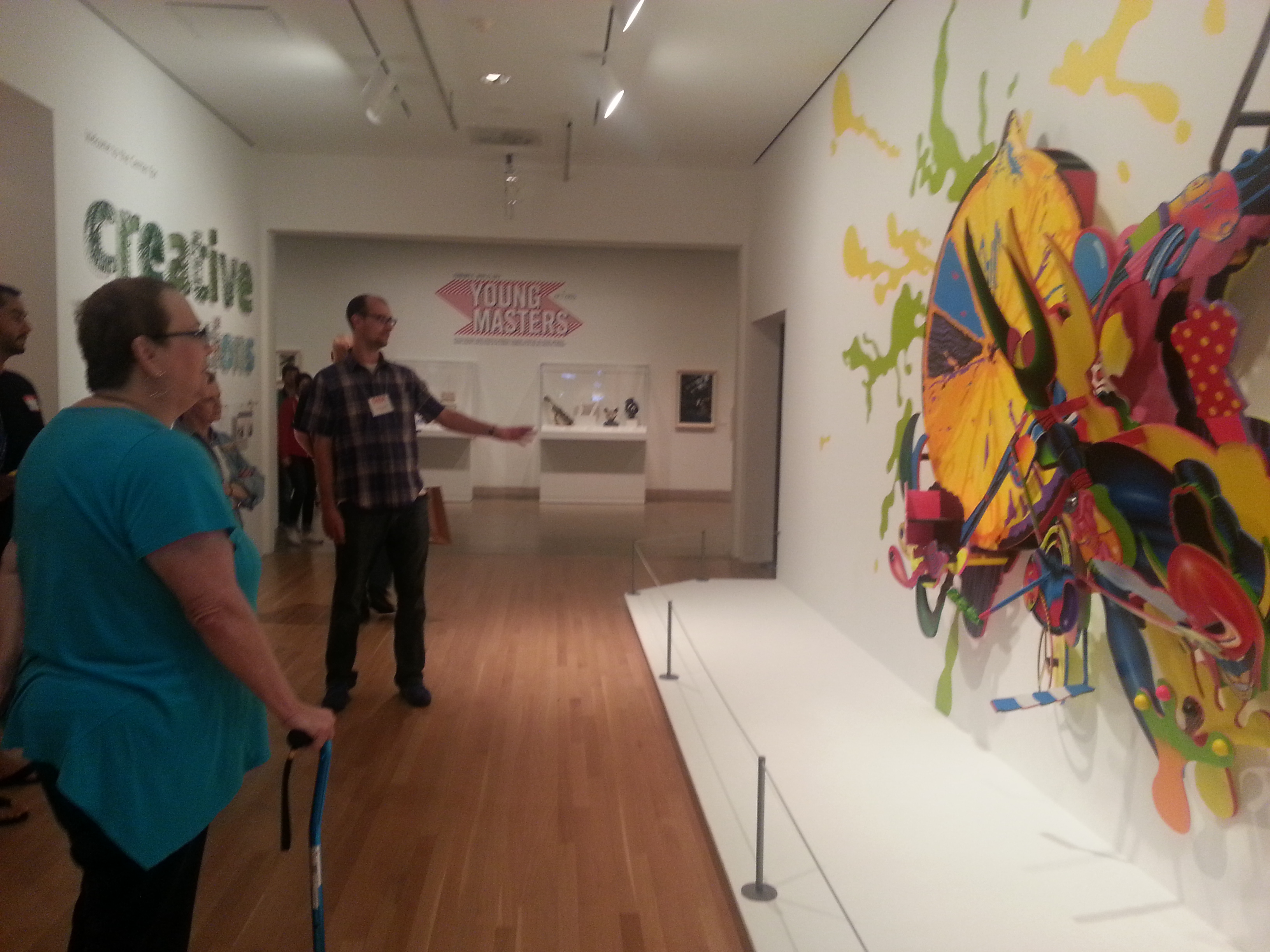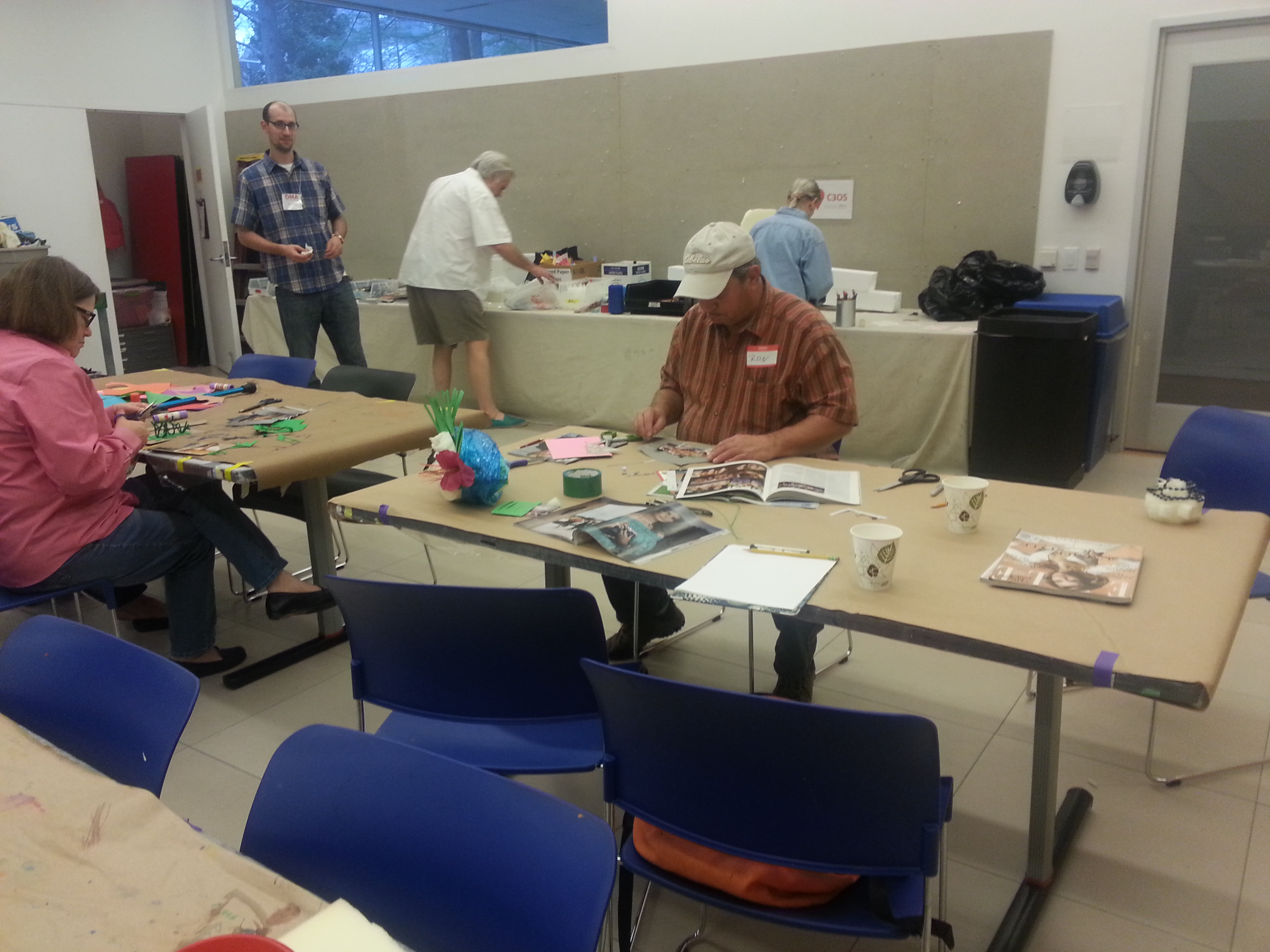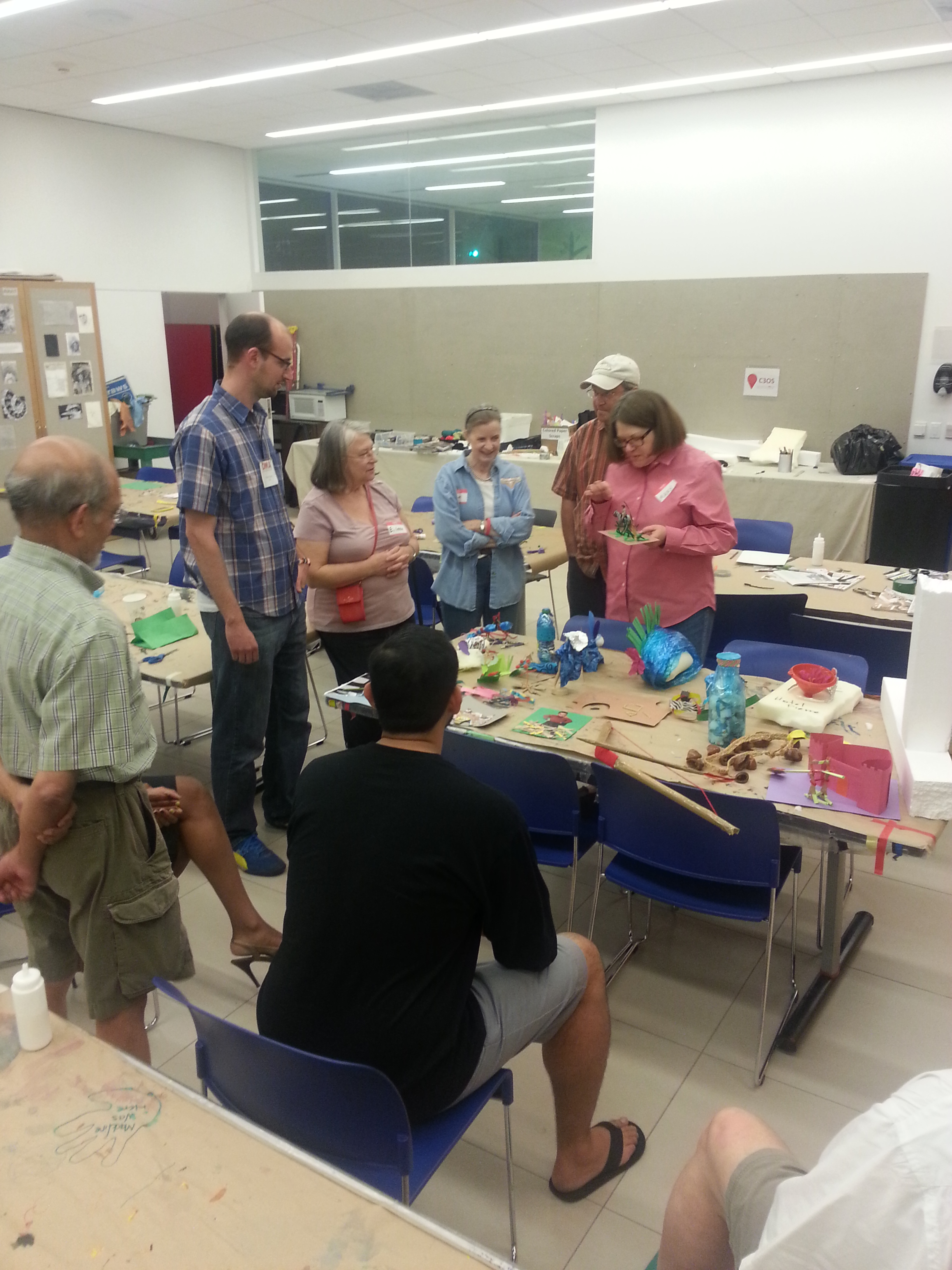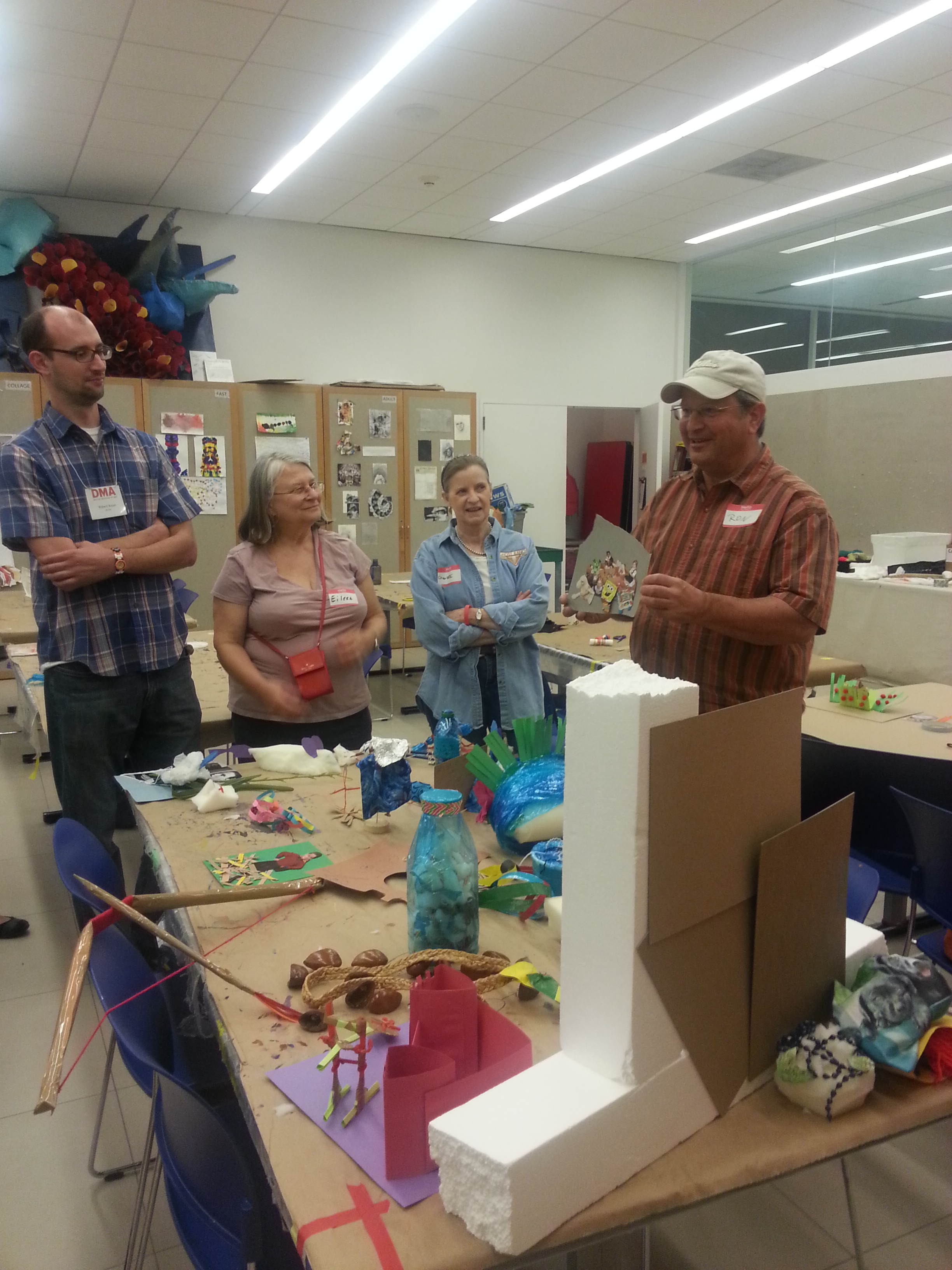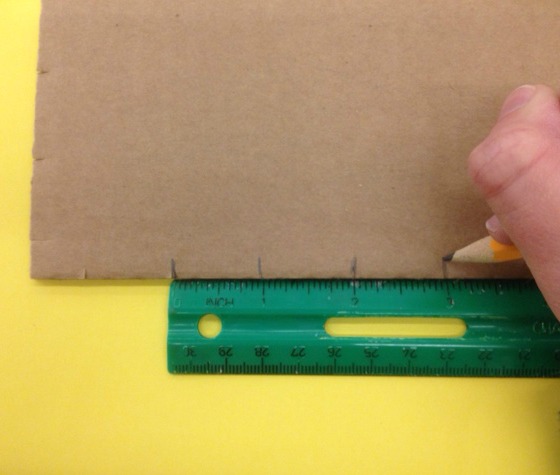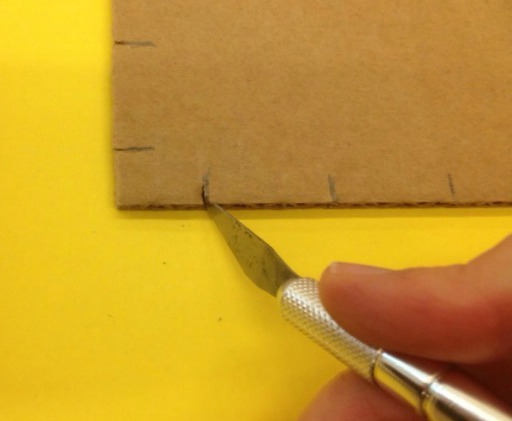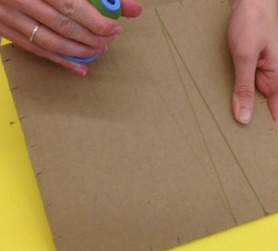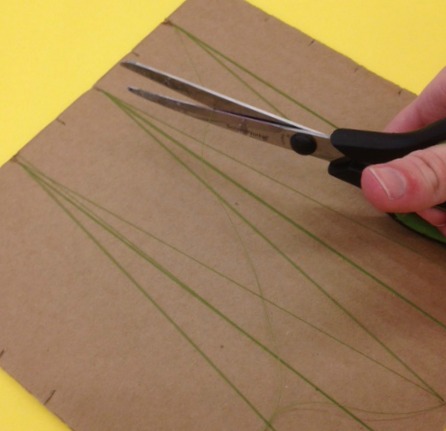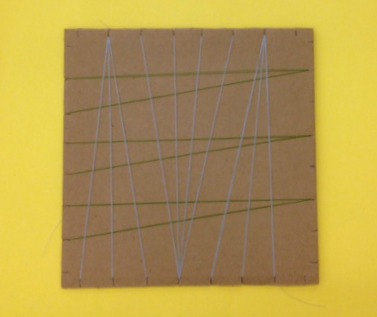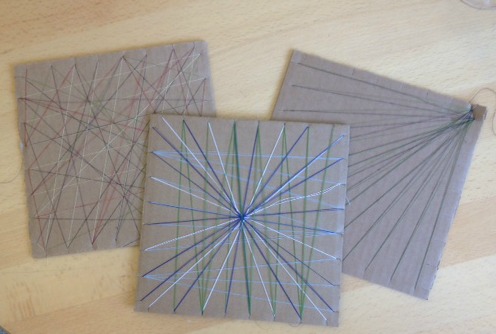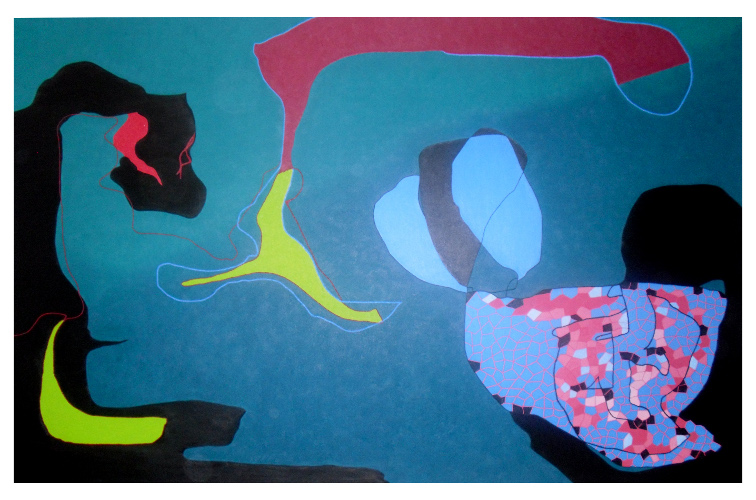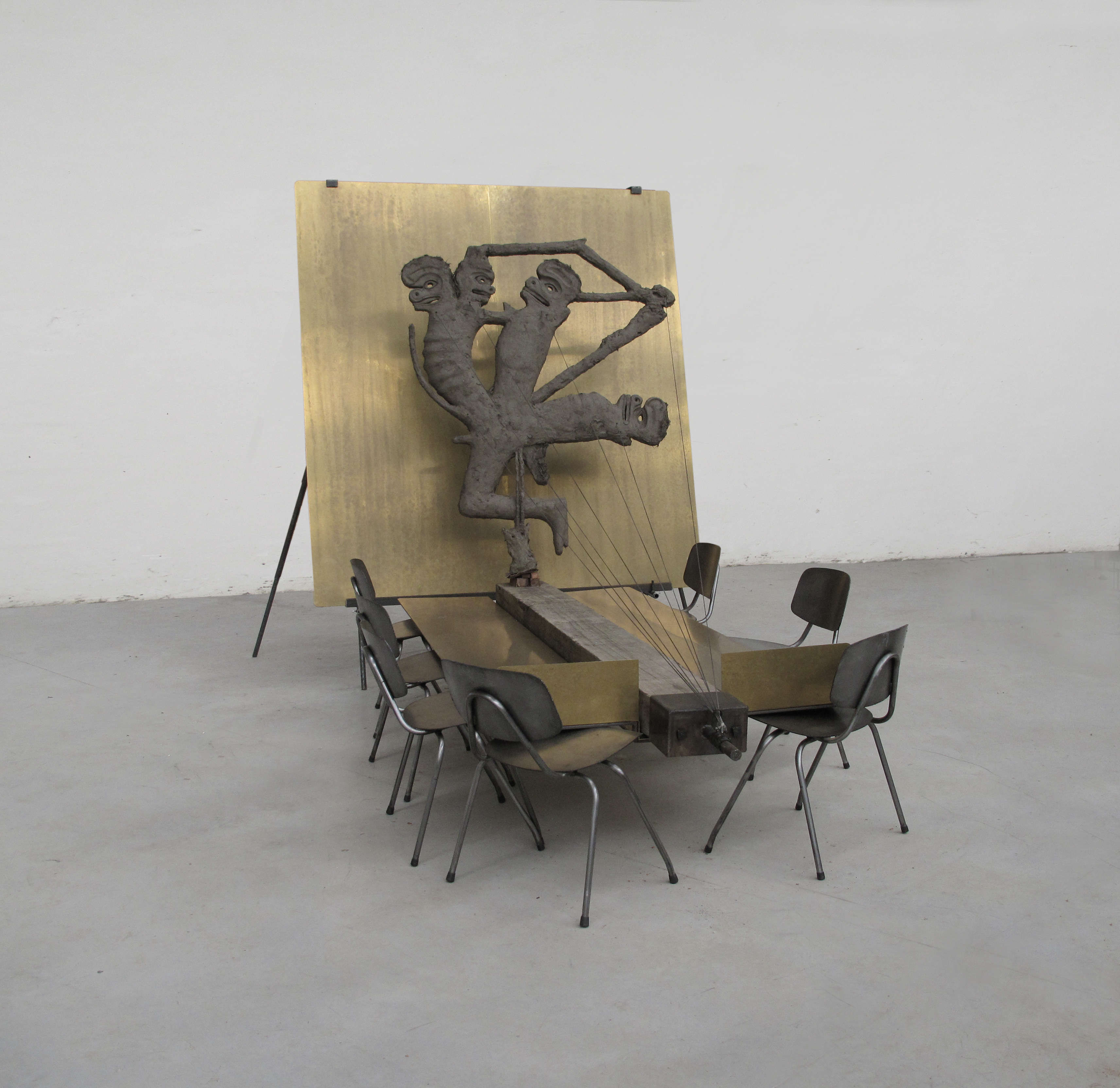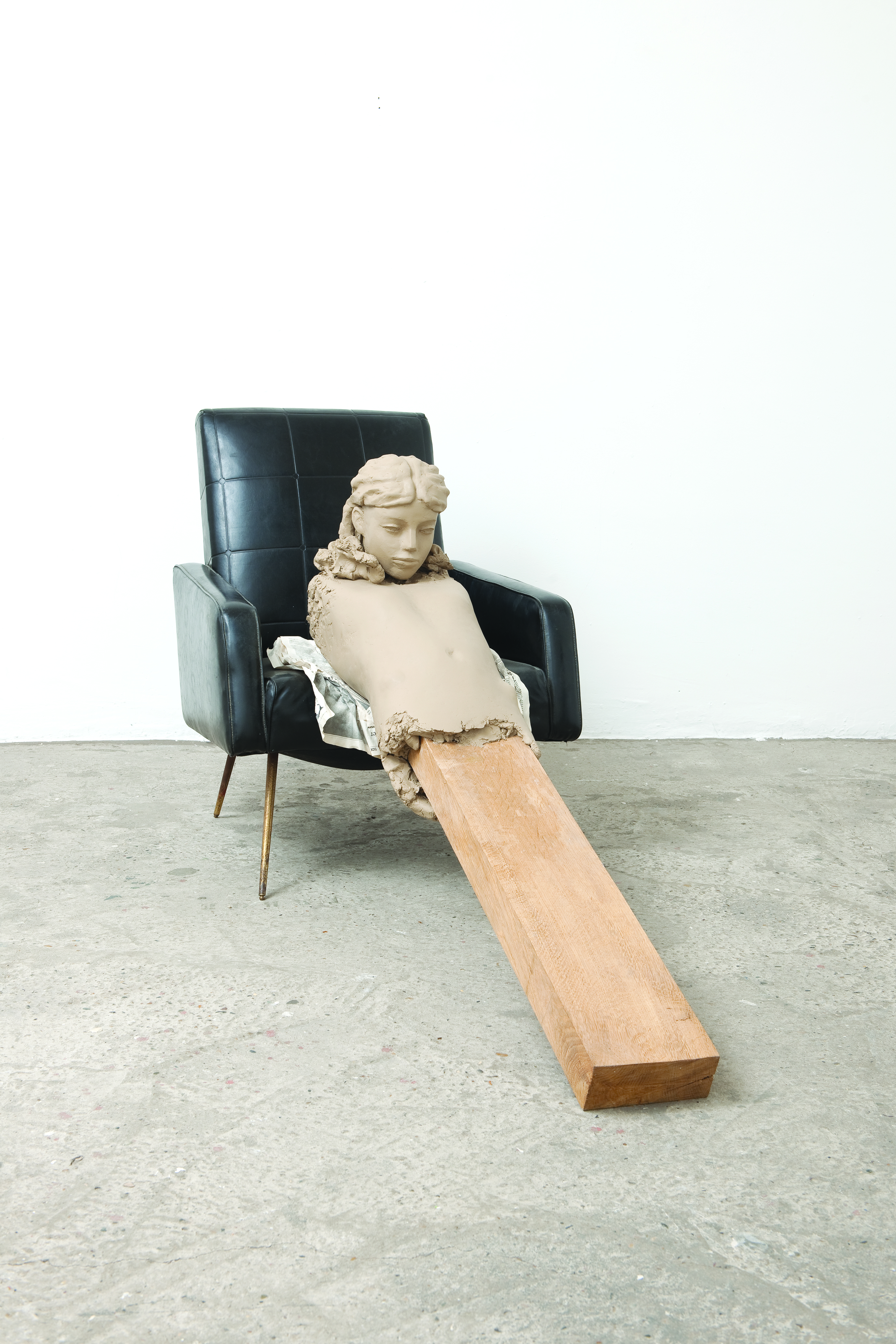Since January, I have had the privilege of working alongside a dear friend and professor Lesli Robertson at the University of North Texas leading a project for her Topics in Fibers course for undergraduate studio majors. The idea for the project arose from a conversation between the two of us about the importance of artists being able to teach others about their creative process. At the Museum, my primary responsibility is to teach adults and to bring in local artists to educate through hands-on workshops in our studio. I am often interviewing artists and trying to find the perfect artist-teachers for my visitors. My background in K-12 art education has helped inform my current teaching practice and we thought it would be helpful to teach these young, up-and-coming artists the value of quality educational art experiences.Throughout the course of a few months, I was able to speak to the students, talk about my educational philosophy and give them some hands-on teaching practice.
As part of the project, the students were assigned the task of designing a workshop for a class of twenty adults. They had to visit the DMA and find works of art from our collection that would be the basis for the hands-on art workshop and design a presentation to pitch. Of the 17 presentations given, we selected a winner based on the following criteria: the student with the most unique idea who modeled how they would scaffold the learning and proved to be someone who would provide my adults with a quality experience! Our selected artist was recently given the opportunity to lead his workshop in C3.
- Students brainstorming
- Leading the student’s class
- Creating based on memory
Check out images from his workshop called Memory Cocktail, inspired by the work of John Hernandez. We also selected three additional students to lead workshops in the coming months. We would love for you to join us on May 29th with student Sarah Poppelwell, June 15th with Kat Burkett and the Urban Armor teen program with Felicia Fischer on Sunday, July 13th.
- Winner Robert Bayer from UNT leading the adult workshop
- Robert talking about the Hernandez work in C3
- Participants working on their projects
- Participants sharing their work
- Participants sharing their work
It was amazing hosting a competition for students to translate their work as artists into innovative ways to share their approach with the community. For more information about adult programs in C3 Click Here!
Amanda Batson
C3 Program Coordinator

